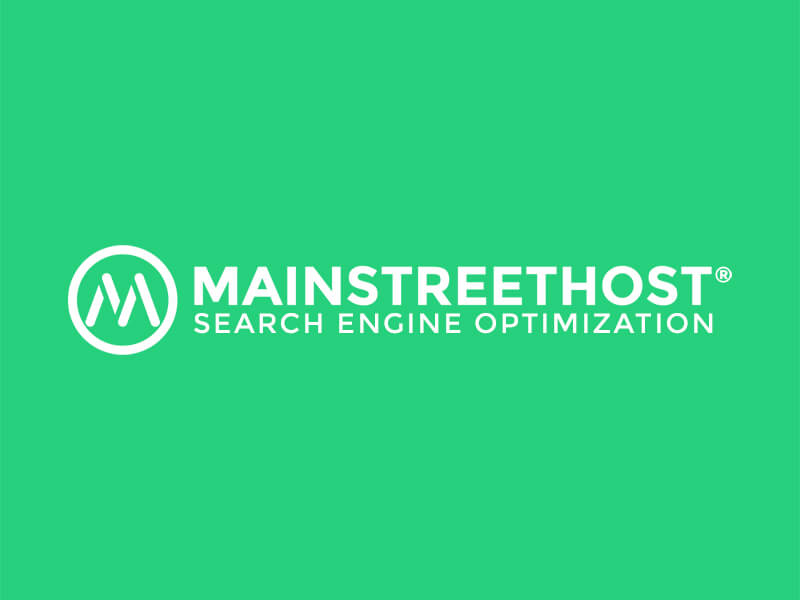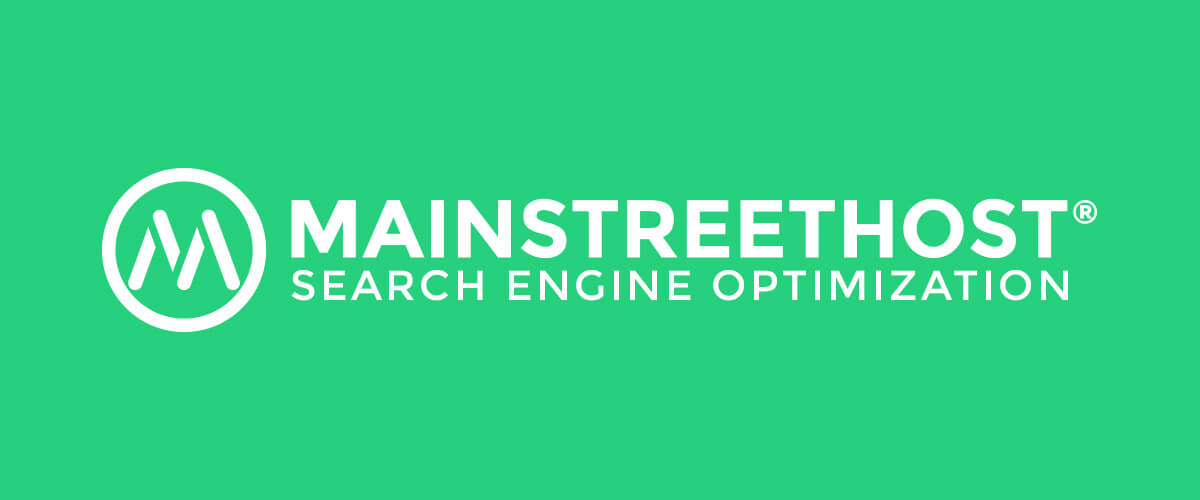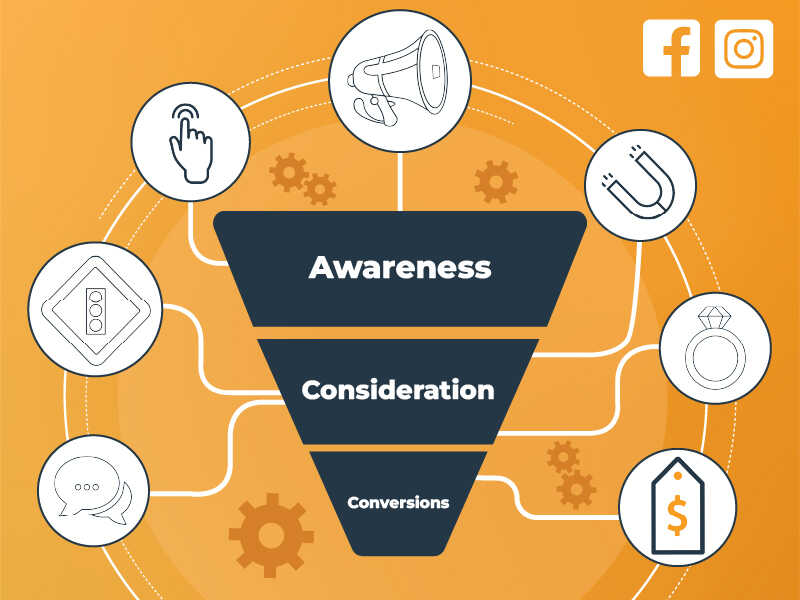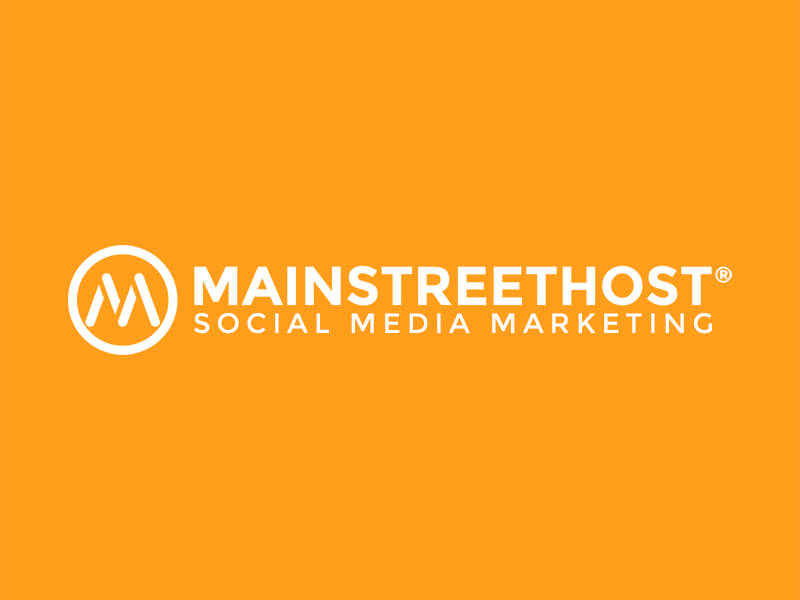The last time you went to a major publisher’s website – say, for instance, The New York Times – how did you arrive there? Is typing in their website’s URL into your browser an entrenched part of your morning routine (much like picking up the Times from a newsstand might’ve been in a bygone era)? This may be the case, but it’s more likely you arrived at that publisher’s site from another platform.
The two largest sources of referral traffic for publishing (and pretty much all) sites are Facebook and Google.
When it Comes to Referral Traffic, Google has a Head Start
Google has established itself as the reigning King of Search, revolutionizing the way we use the internet along the way. Because of Google, we no longer think in terms of website URLs; remembering whether an organization’s site ends with a “.com” or “.org” is no longer a concern. As long as you know the name of the business or organization you’d like to visit, you can simply type it in and hit “Enter” before going off on the magic carpet ride powered by Google.
This simple and streamlined functionality has allowed Google to establish itself as the king of something else besides search: referral traffic. Search engines and referral traffic go hand in hand. Whenever we use Google as a shortcut to reaching our desired destination (instead of typing in the URL directly ourselves), we help them build on that dominance.
Facebook: An Unexpected Competitor
But now Facebook has established itself as a major player in referral traffic – particularly for big publishers like the Times. In fact, they surpassed Google in referral traffic for large publications for the first time last year. This was reported by Parse.ly, a company that tracks detailed audience data for 400 of the web’s largest publishers, including Wired, The Atlantic, and Mashable. So, while the data set is by no means universal, it represents a large enough sample size to be taken seriously. But, while catching up to Google’s referral traffic numbers is no small feat, it doesn’t mean that Facebook has “overtaken” the search engine.
The development was discussed by Parse.ly’s Algorithms Lead, Martin Laprise. When interviewed by Marketing Land about the referral traffic trends, he expounded on what he sees the results implying for the future:
One thing that is easily overlooked in this graph is that Google’s share of referral traffic didn’t decrease significantly when Facebook referral traffic overtook it. This suggests that Facebook is ‘stealing’ referral traffic from other sources.
This puts Facebook’s recent referral traffic growth in a different perspective because, while they did catch up to Google, their success had no significant negative impact on Google’s traffic.
Another mitigating factor of the data is that, towards the end of last year, some major publishers saw their Facebook referral numbers drop again. Some have suggested that this drop can be directly attributed to Facebook’s introduction of Instant Articles, which supports publisher-created content but keeps that content housed within Facebook’s app, so less users are making their way to the publishers’ actual websites. These distinctions may soon become a matter of mere semantics, though, as Google Analytics is now capable of measuring traffic and user data (things like referrer, device type, language and locale) within Instant Articles and combining it with general referral traffic. For more specific user engagement metrics (scroll depth, time spent on article, etc.), marketers will be forced to use Facebook’s own analytics platform. So, in many ways, the competition isn’t merely over who can drive the most referral traffic, but also over who can keep more marketers tied to its analytics platform. Both companies are well aware of this and seem to be using every possible source of leverage to maintain competitiveness.
The potential value represented by these different sets of users – those seeing your content on your website versus those seeing it within Facebook – differs for every marketer and every business, so it’s important to set concrete, identifiable goals to build your social strategy around.
What Does This Back-and-Forth Mean for Marketers?
For marketers, understanding referral traffic is a vital element of understanding your audience. While Parse.ly’s data set is comprised of results from a particular set of publishers, they are publishers with enough size and influence to remain relevant to businesses of all sizes. As resources for marketing (as with resources for anything, for that matter) are limited, the issue turns into an opportunity-cost equation: how much return will I get from marketing for SEO/search engines versus how much return will I get from social media strategizing. It’s not as though choosing one over the other means you are doing so with any kind of finality, but it’s still an issue that presents countless little crossroads for marketers to navigate every day.
Every marketer will approach that issue with a different set of skills and tools, but one constant remains: successful digital marketing is heavily dependent on knowing your audience and understanding how they are finding your site. Parse.ly’s job is to do this for 400 major publishing outlets – these are their clients. For smaller businesses and their marketers, the lesson still rings true: Use software like HubSpot to carefully track the genesis of your leads. Where are they coming from? Did they engage with your site via search engine or social media? Of the audiences from both categories, with which group did you have more success?
For example, recent research has found that certain engagement measurements (like time spent reading articles) from social referrals has been lower than search referrals in the past. This could indicate that referral traffic from social media is less meaningful or qualified than traffic from search engines, but it’s too early to make concrete assessments yet. Check to see if this is true for your content.
These are examples of some of the analyses that will help you nurture leads into customers and brand promoters. I think that’s the most important takeaway from the news of Facebook’s increased referral traffic. Even though SEO and social media marketing don’t have to be mutually exclusive, Parse.ly’s data highlights the importance of segmenting your data so you know which strategies are leading to which leads, and how those leads are panning out respectively. One of the cornerstones of successful inbound marketing is listening to your customers before you launch into a sales pitch. Data segmentation – especially the kind that teaches you about how people are finding your site – will allow you to do just that. It will establish an immediate platform for connection and give you insights into what types of marketing your audience wants to engage with most consistently.






